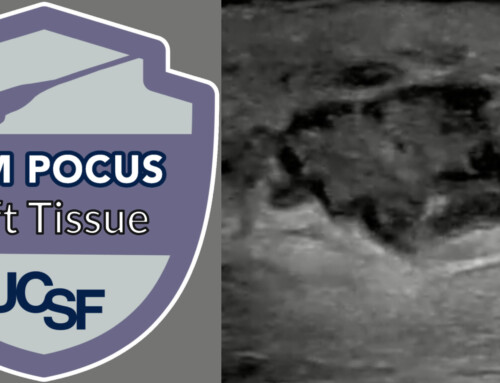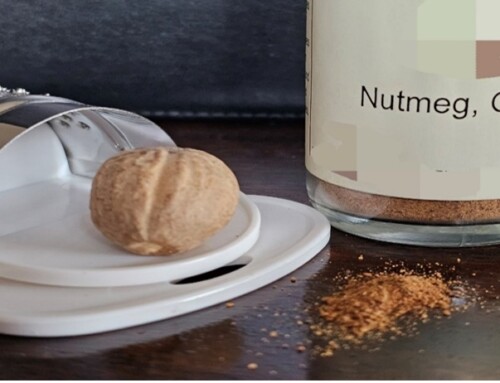
What well-known adverse reaction results from ingestion of the pictured mushroom?
- Acute hepatitis
- Disulfiram-like reaction with ethanol consumption
- Pneumonitis from inhalation of spores
- Seizures from glutamate agonist activity
[Image from Canstockphoto]
References
- Peredy. Mushrooms, Coprine. Encyclopedia of Toxicology (Third Edition), Academic Press. 2014. doi: 10.1016/B978-0-12-386454-3.00754-5.
- Goldfrank L. Mushrooms. In: Goldfrank’ s Toxicologic Emergencies. 10e Eds. Robert S. Hoffman et al. New York, NY. McGraw-Hill. 2015.
- Koppaka V, Thompson DC, Chen Y, et al. Aldehyde dehydrogenase inhibitors: a comprehensive review of the pharmacology, mechanism of action, substrate specificity, and clinical application. Pharmacol Rev. 2012 Jul;64(3):520-39. PMID: 22544865.
- Stokes M, Abdijadid S. Disulfiram. [Updated 2021 Nov 1]. In: StatPearls [Internet]. Treasure Island (FL): StatPearls Publishing; 2022 Jan-.
- Mergenhagen KA, Wattengel BA, Skelly MK, Clark CM, Russo TA. Fact versus Fiction: A Review of the Evidence behind Alcohol and Antibiotic Interactions. Antimicrob Agents Chemother. 2020 Feb 21;64(3): e02167-19. PMID: 31871085.
- Moore AA, Whiteman EJ, Ward KT. Risks of combined alcohol/medication use in older adults. Am J Geriatr Pharmacother. 2007 Mar;5(1):64-74. PMID: 17608249.
- Meyer JH, Herlocher JE, Parisian J. Esophageal rupture after mushroom-alcohol ingestion. N Engl J Med. 1971 Dec 2;285(23):1323. PMID: 5113737.






